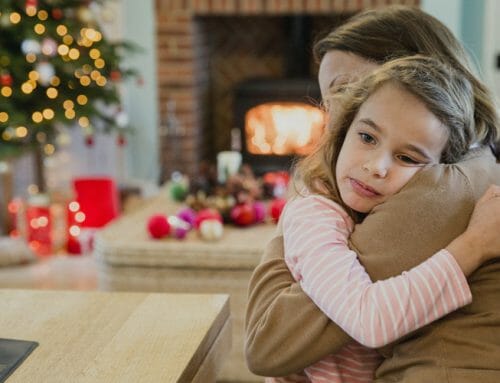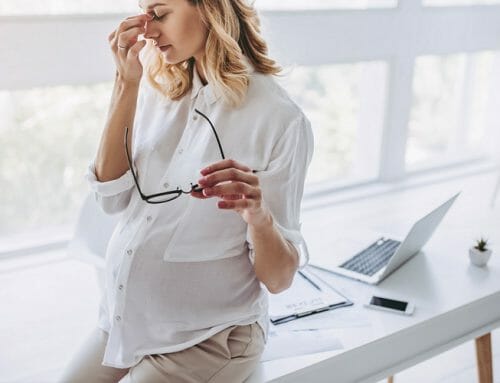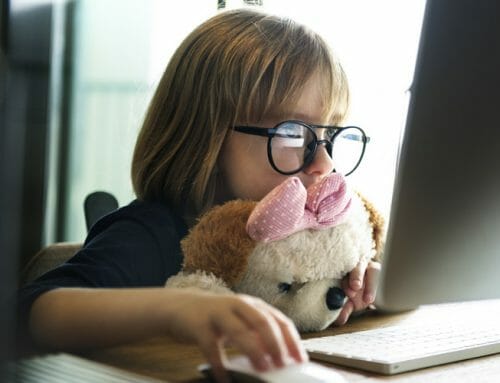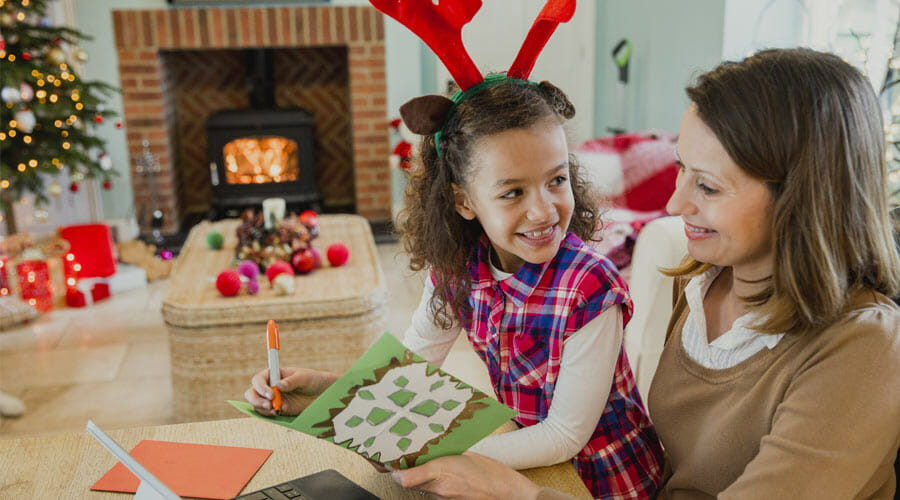
10 Simple Tips On Children’s Christmas Toys And Eye Safety
Christmas is nearly upon us and I expect many parents and families are looking at what toys to buy their children this year. Christmas should be a happy, fun time of year with children playing with their new toys, but thousands of children every year suffer from eye injuries caused by toys. These can range from minor accidents, which don’t require any attention from an eye doctor, to more serious accidents and even blindness. Some examples of eye injuries caused by toys are corneal abrasions, increased intraocular pressure and traumatic cataracts.
Here are 10 simple tips that can help you make the right toy choices for your children this Christmas.
Avoid shooting toys
Try to avoid toys that shoot objects such as arrow guns for children under 6 years old, even after this age they should always been supervised when playing with them. Children should be advised never to aim at someone’s face, even if the object they are shooting is soft, such as foam.
Follow the age recommendation
A toy should be labelled with the age range it is suitable for, for example if there is a chance of choking, the toy should be labelled for children over 3 years old only. When making your Christmas shopping trips it is always best to follow the advice on the packaging of the toy, but these are guidelines and children develop at different rates, so you should always go with what you think is best for your child.
Look out for small pieces
Make sure toys will not shatter when played with or have small pieces that could break off easily. These small shards, which may be sharp, could be thrown up into a child’s eye if it breaks which can cause serious injuries.
Look out for sharp edges
Try to also avoid toys that have sharp edges or points, they could poke their eye or another child’s.
Keep an eye on the little ones
Christmas time is when families get together and there may be a large age range of children playing together, always try to separate children’s toys so younger children don’t play with toys that are meant for older children.
Use safety goggles
You may be thinking of buying an older child a chemistry set, always supply them with safety goggles to avoid any chemicals getting into the eyes which can cause nasty injuries, and always supervise them while they are using with it.
Protective eyewear
You should also give children protective eyewear if you buy them sporting equipment especially those that involve a ball.
Be careful with broken toys
If a toy becomes damaged (hopefully not too soon after Christmas) you should throw it away to avoid it becoming a danger to a child’s eyes. Mending a toy with glue might seem a good idea, especially if it is new, but the join where the glue is will not be as strong and could break off again easily.
Supervise your children
Toys that have a long handle, such as a stick pony, should always have rounded ends. Again, you should always supervise children when playing with these type of toys as they can swing them around and hit someone’s eye.
Wrapping paper can be dangerous
Children get very excited on Christmas day and young children may find the wrapping paper and packaging more interesting that the toys themselves, but these can also be dangerous to young eyes.
These tips will hopefully avoid any eye injuries for your children this Christmas, but if your child does injure their eye and you have any concerns you should contact an eye doctor as soon as possible.
I hope you have a safe and happy Christmas!
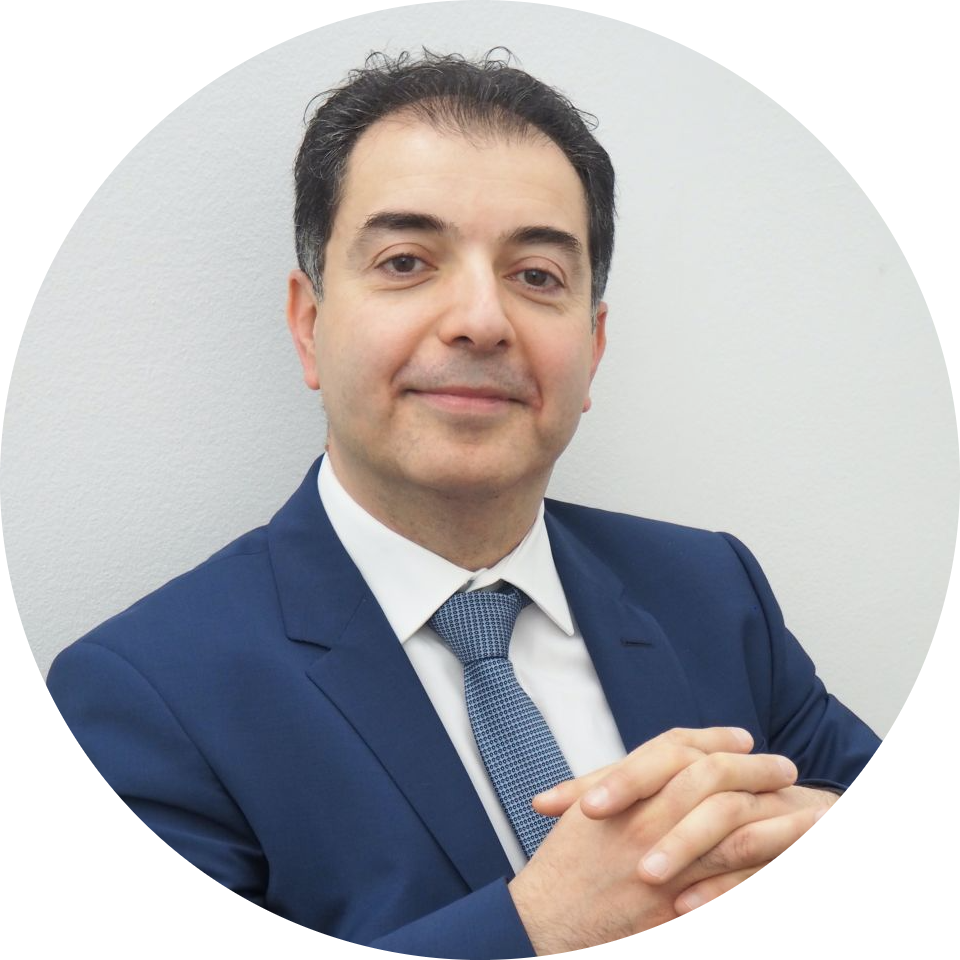
About the expert
Mr Hamada | Consultant Ophthalmologist and Corneal Surgeon
MD, MSc, DO (hons), FRCSEd, FRCOphth I am Samer, founder and consultant ophthalmic surgeon with over 20 years’ experience in ophthalmology. I am a world-renowned specialist in cornea, cataract and refractive surgery. I’m not only a leading surgeon but also the only dual fellowship trained in corneal diseases in children from reputable institutions in the UK. At Eye Clinic London I work closely with other consultant ophthalmologists, optometrists and orthoptists to achieve the best outcomes for our patients. Our main aim is to make sure our patients get the safest and best treatments available to them. We put your safety before anything else so you can rest assured that if you choose us you will be in the best and safest hands.

